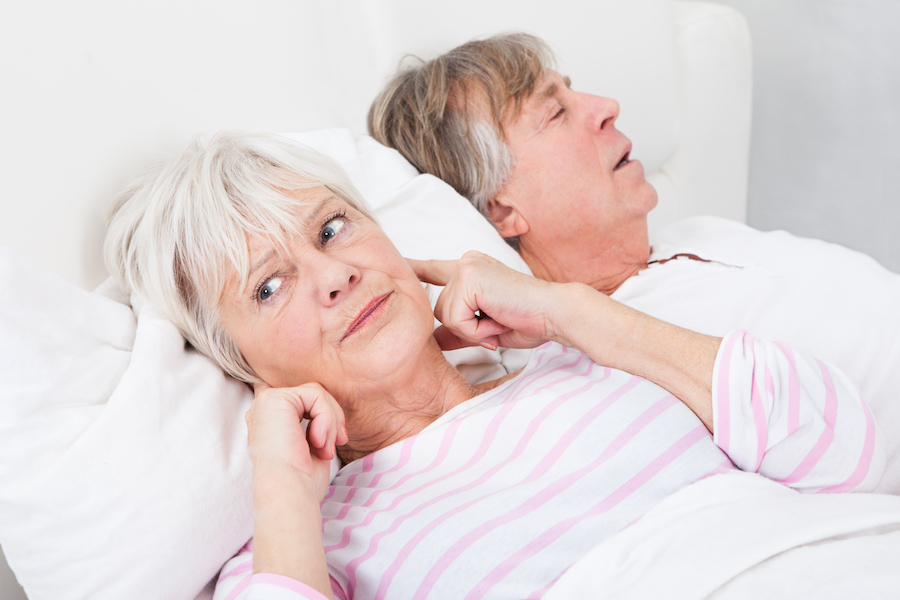How much do you know about sleep apnoea?
Do you often feel lethargic, even after a long sleep? Do you find yourself waking throughout the night or get complaints about your snoring? There is a chance you may have sleep apnoea (SA).
The most common type of SA is obstructive SA (OSA), where the throat muscles and tongue relax and collapse into the airway during sleep, blocking airflow. This causes a person to abruptly and repeatedly wake for a few seconds at a time. It is estimated that approximately 3.9 million people in the UK have OSA. However, only 700,000 are currently diagnosed.

Common causes include:
- Anatomy – the shape of a person’s nose, airways, throat, neck or jaw
- Family history
- Being male and over 40 years old
- Obesity, drinking too much alcohol, smoking or other health conditions
How do you treat SA?
The most effective treatment for moderate to severe OSA is Continuous Positive Airway Pressure (CPAP). CPAP works by continuously blowing an even amount of air through a person’s airway to prevent it from collapsing, reducing the number of awakenings. It can take a little while to get used to wearing a mask but, once people adjust, the therapy has been shown to significantly improve symptoms and reduce the risks associated with the condition.
It’s important to keep your CPAP equipment clean and dry, otherwise your mask, hose and reservoir can become a breeding ground for bacteria. There is evidence that this can pose a risk to your respiratory health.
A crucial part of managing your SA is regular cleaning and sanitisation of your CPAP machine – at a minimum weekly, but ideally daily using an automated sanitising device like the SoClean machine. SoClean kills 99.9% of bacteria and requires no assembly between uses, making daily cleaning effortless.
For more information please visit our website or our Facebook page




















